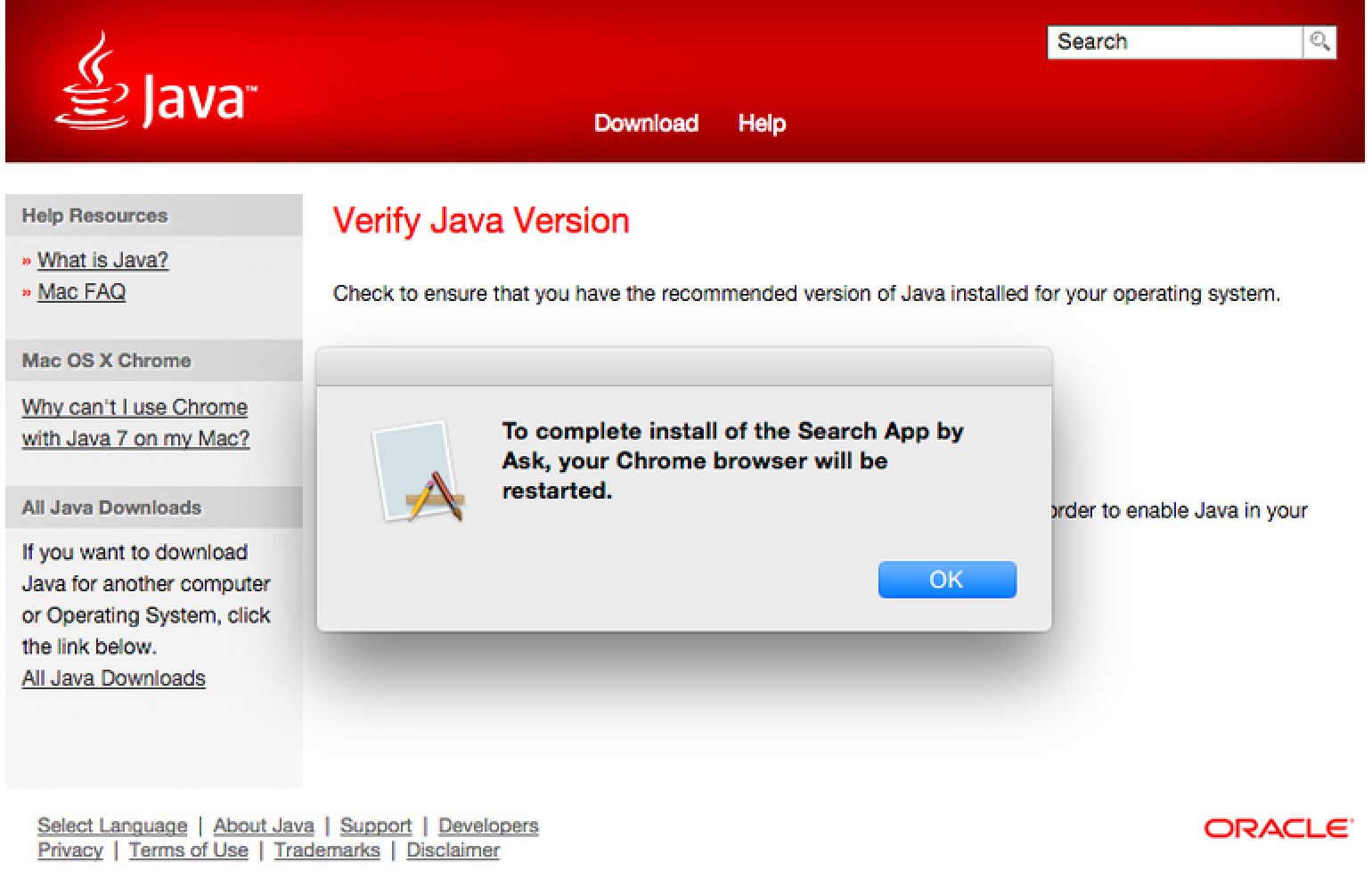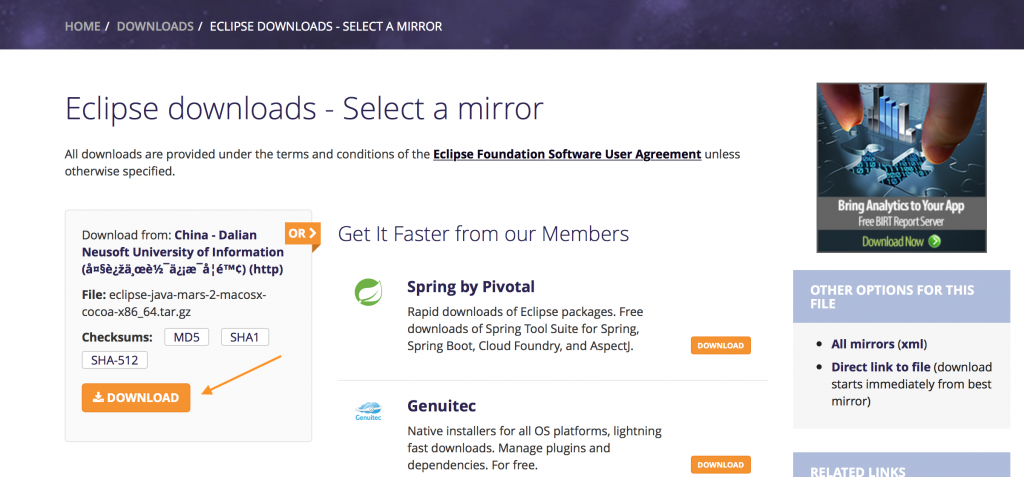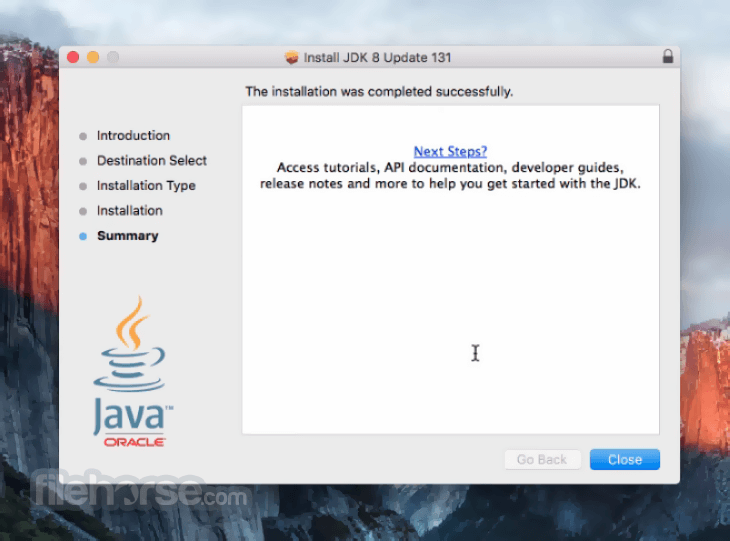With an all-new design that looks great on macOS Big Sur, Xcode 12 has customizable font sizes for the navigator, streamlined code completion, and new document tabs. Xcode 12 builds Universal apps by default to support Mac with Apple Silicon, often without changing a single line of code.
The first thing you need to do is download Java SE (Standard Edition) from Oracle. You may have Java installed in some form on your Mac already (probably the consumer version), but Java SE for. The MacBook Pro will offer you a lot more power for your money than the cheaper MacBook Air - althought the gap has closed somewhat since Apple updated the MacBook Air.
Designed for macOS Big Sur.
Xcode 12 looks great on macOS Big Sur, with a navigator sidebar that goes to the top of the window and clear new toolbar buttons. The navigator defaults to a larger font that’s easier to read, while giving you multiple size choices. New document tabs make it easy to create a working set of files within your workspace.
Document tabs.
The new tab model lets you open a new tab with a double-click, or track the selected file as you click around the navigator. You can re-arrange the document tabs to create a working set of files for your current task, and configure how content is shown within each tab. The navigator tracks the open files within your tabs using strong selection.
Navigator font sizes.
Java For Macbook Pro Free Download
The navigator now tracks the system setting for “Sidebar icon size” used in Finder and Mail. You can also choose a unique font size just for Xcode within Preferences, including the traditional dense information presentation, and up to large fonts and icon targets.
Code completion streamlined.
A new completion UI presents only the information you need, taking up less screen space as you type. And completions are presented much faster, so you can keep coding at maximum speed.
Redesigned organizer.
An all-new design groups all critical information about each of your apps together in one place. Choose any app from any of your teams, then quickly navigate to inspect crash logs, energy reports, and performance metrics, such as battery consumption and launch time of your apps when used by customers.
SwiftUI
SwiftUI offers new features, improved performance, and the power to do even more, all while maintaining a stable API that makes it easy to bring your existing SwiftUI code forward into Xcode 12. A brand new life cycle management API for apps built with SwiftUI lets you write your entire app in SwiftUI and share even more code across all Apple platforms. And a new widget platform built on SwiftUI lets you build widgets that work great on iPad, iPhone, and Mac. Your SwiftUI views can now be shared with other developers, and appear as first-class controls in the Xcode library. And your existing SwiftUI code continues to work, while providing faster performance, better diagnostics, and access to new controls.
Universal app ready.

Xcode 12 is built as a Universal app that runs 100% natively on Intel-based CPUs and Apple Silicon for great performance and a snappy interface.* It also includes a unified macOS SDK that includes all the frameworks, compilers, debuggers, and other tools you need to build apps that run natively on Apple Silicon and the Intel x86_64 CPU.
Updated automatically
When you open your project in Xcode 12, your app is automatically updated to produce release builds and archives as Universal apps. When you build your app, Xcode produces one binary “slice” for Apple Silicon and one for the Intel x86_64 CPU, then wraps them together as a single app bundle to share or submit to the Mac App Store. You can test this at any time by selecting “Any Mac” as the target in the toolbar.

Test multiple architectures.
On the new Mac with Apple Silicon, you can run and debug apps running on either the native architecture or on Intel virtualization by selecting “My Mac (Rosetta)” in the toolbar.
Multiplatform template
New multiplatform app templates set up new projects to easily share code among iOS, iPadOS, and macOS using SwiftUI and the new lifecycle APIs. The project structure encourages sharing code across all platforms, while creating special custom experiences for each platform where it makes sense for your app.
Improved auto-indentation
Swift code is auto-formatted as you type to make common Swift code patterns look much better, including special support for the “guard” command.

StoreKit testing
New tools in Xcode let you create StoreKit files that describe the various subscription and in-app purchase products your app can offer, and create test scenarios to make sure everything works great for your customers — all locally testable on your Mac.
Java 8 Download For Macbook Pro
Get started.
Download Xcode 12 and use these resources to build apps for all Apple platforms.
Newest post on how to install Oracle JDK 8 / Java SE 8 on Mac OS X 10.10 Yosemite can be found here.
At the time of this writing, there is no official release of Java SE 7 / Oracle JDK 1.7 on Mac OS X. It is still in developer preview based on Apple’s contributions to OpenJDK. The Developer Preview is provided to the community so that the developers can get feedback on the ongoing progress of the project. The developer preview should work on any Intel-based Mac and has been tested on Mac OS X 10.6.8 (Snow Leopard) and 10.7 (Lion).
UPDATE

Oracle has launched the official Java SE 7 for Mac OS X 64-bit platform. You can download it from here.
This tutorial shows you how to install Java SE 7 Developer Preview on Mac OS X 10.7.2 Lion running on my MacBook Pro.
1. Download the Oracle JDK7 Mac OS X port dmg file from here. At the time of this writing, the version of the JDK7 is Oracle JDK7 build b223 released on December 23, 2011. The dmg file name is jdk-7-ea-macosx-b223.dmg
2. Create a JavaVirtualMachines folder under /Library/Java if it doesn’t exist.
In my case, the JavaVirtualMachines is already there so I don’t need to create it manually.
3. Open the jdk-7-ea-macosx-b223.dmg file by double-clicking on it. Then drag the JDK 1.7.0 Developer Preview icon in the left side to the JavaVirtualMachines icon folder in the right side.
4. Go to /Library/Java/JavaVirtualMachines directory using Finder application. Then double-click the ‘JDK 1.7.0 Developer Preview’ icon. This will open the Java Preferences window. Here you can change the preferred order of the installed Java platforms by dragging it up or down. Make sure the Java SE 7 is in the preferred order or you can simply deselect the Java SE 6 version.
5. Now issue the ‘java -version’ command in the terminal window to verify.
Java For Macbook Pro Download
6. Done
